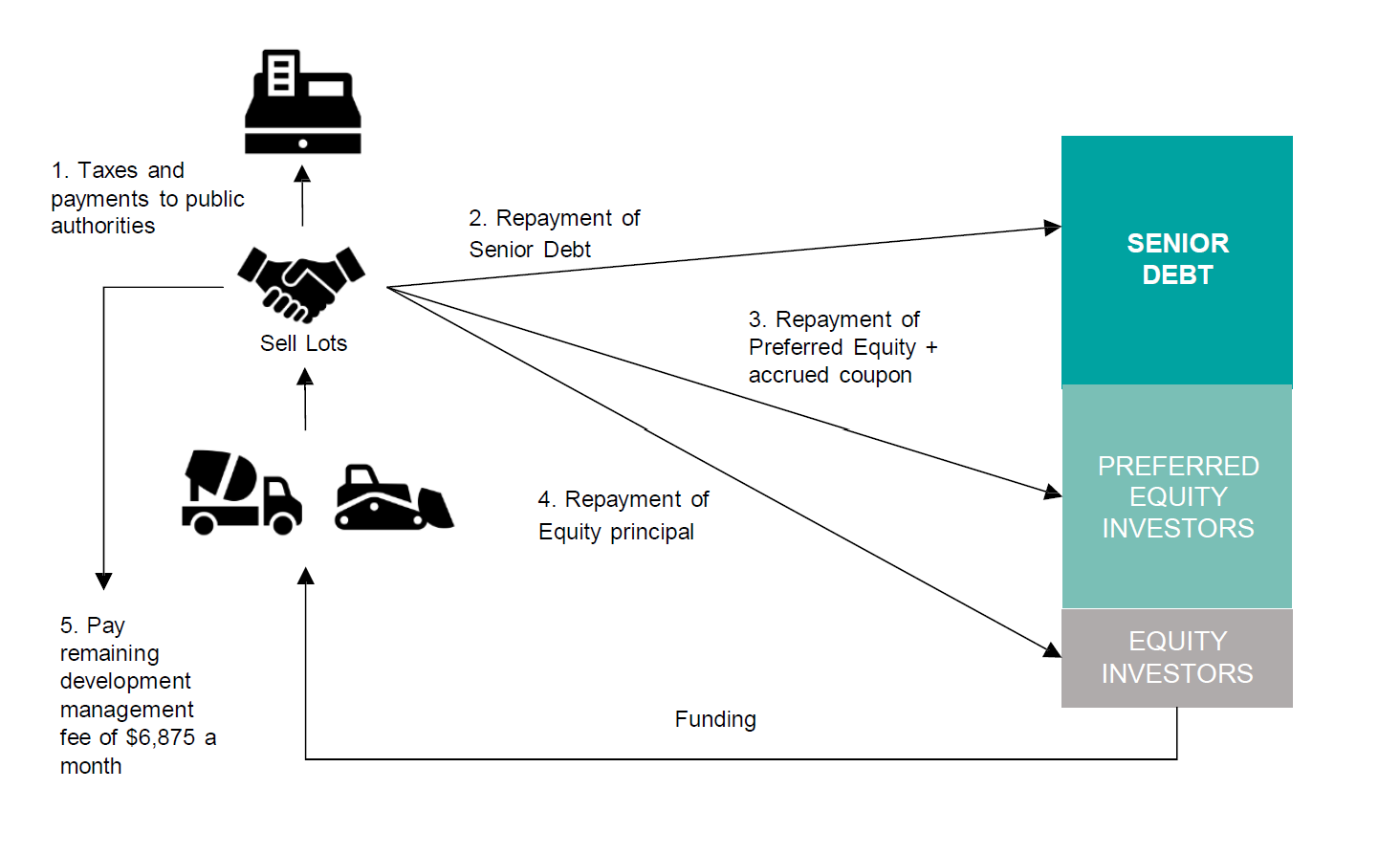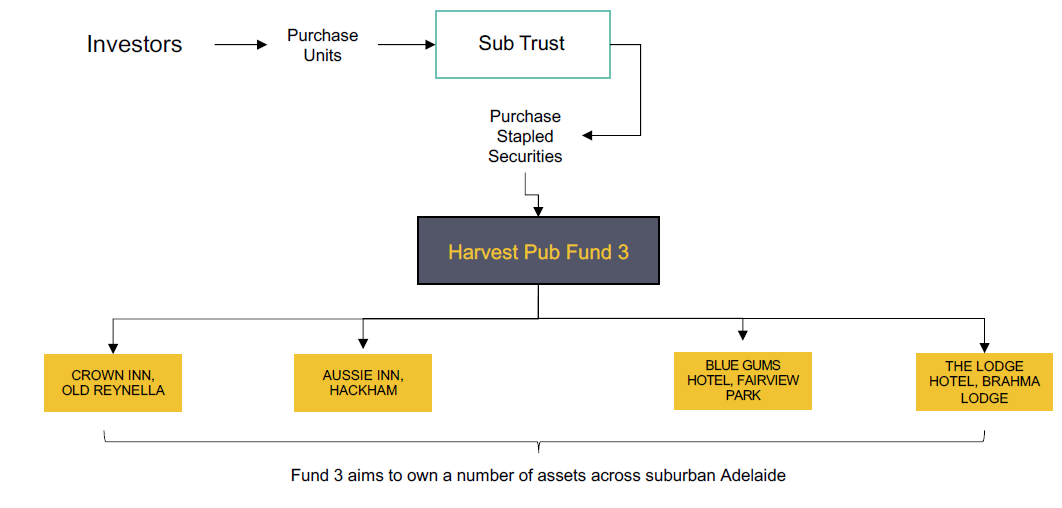Over the past few months, we’ve had the privilege of taking you on a journey into the Alternative Assets class.
If you’ve been following along at home, you might recall:
The Rise of Alternative Assets – in which we covered how the current economic market has created demand for Alternative Assets, as well as introduced the main asset types that make up the Alternative Assets class.
Designing An Alternative Investment Strategy – where we provided an overview of the Who, Why and How of designing an alternative investment strategy, so that you would have the tools and know-how to incorporate Alternative Assets into your client portfolios.
Talking Alternatives – and how you can successfully bring alternative asset investing into your conversations with clients by taking them on a journey of understanding the why of alternative asset investing, providing education and building confidence in the asset class and strategy.
The tips and traps of alternative investing – where we set you up for success with alternative asset investing by providing our three best tips as well as the three most common pitfalls when it comes to alternative asset investing. We also gave away the key to success in investing in alternatives… because ultimate it all boils down to this one thing (we also revisit this in this article, so make sure you keep reading to the end!).
In this article, we’re taking it one step further…
We’ll be taking you on a behind the scenes deep dive into two real world alternative asset investments, so that we can really bring the alternative asset class to life.
We’ll also look at the thought process and due diligence that sits behind alternative asset investing, highlighting the strengths and risks of each investment opportunity, so that you can apply the same logic and investing principles to your own Alternative Asset due diligence process.
Let’s get started –
Alternative Asset #1: Sunbury Land Subdivision(Tranche 3)
Asset Class
Private Debt
Investment Type
The Sunbury Land Subdivision investment opportunity was a brand new residential land subdivision where investors played the role of “The Bank”, providing senior debt funding in the form of a first mortgage debt facility to the developer, so that they could begin developing the land.
The investment opportunity was structured as a Unit Trust, where investors could contribute as little as $10,000 and receive units in the trust proportionate to their investment amount.
The investment offered a coupon rate of 9.0% with distributions paid monthly.
Strengths
• The structure provided investors with the first mortgage position over the land. This means that if the developer experienced financial difficulty, the investors could take possession and ownership over the land and project (i.e. they are at the front of the creditor’s queue)
Figure 1: Schematic of payment priority

• 100 of the 135 lots had been pre-sold, reflecting a value of over $28 million, which exceeded the total Senior Debt Facility of $24 million. These presales meant that the risk involved in the projection was significantly lowered.
• The developer had additional projects that were already under completion in the area. This demonstrated that the developer had knowledge of the area and experience with delivering large-scale development projects.
• The developer had capital invested in the project or “skin in the game”. This created an alignment of interest between the developer and investors, meaning the developer was personally motivated to ensure the success of the project.
Risks
• The key risk for this type of Private Debt asset relates to time. Project timeline delays as a result of council approvals, construction and or material delays can result in the project taking a lot longer to complete than originally planned for. The risk here is the erosion of the value of capital where you’re not receiving a return on it as a result of delays.
• Another key risk for this type of project is developer risk, which is why due diligence relating to the people involved with the project is critical.
Alternative Asset #2: Harvest Pub Fund 3 – Crown Inn Equity Raise
Asset Class
Private Equity (Fund)
Investment Type
The Harvest Pub Fund 3 investment provided investors the opportunity to co-invest with Harvest Hotels as equity investors in the acquisition of the Crown Inn Pub.
Harvest Hotels acquires regional hotels and implements a process of improving the hotel, both through physical refurbishment of the hotel itself as well as through improving the operating procedures of the hotel. This process is designed to increase the capital valuation and ongoing revenues of the asset and in this case, was expected to grow earnings by 40% post the implementation of all operational and capital improvements.
The investment opportunity was structured as a Sub Trust, where investors could contribute as little as $10,000 and receive units in the trust. This Sub Trust would then purchase stapled securities in the Harvest Pub Fund 3, being units in the Harvest Pub Fund 3 and shares in the operating company.
Figure 2: Schematic – investment structure

The investment offered a target IRR of 17% per annum, based on anticipated period distributions and the value uplift driven by operational improvements made to each asset.
Strengths
• This type of Private Equity investment provides investors with a twofold investment asset:
• Ownership of the underlying physical asset (i.e. the freehold hotel and land), and
• Operating earnings and revenue derived from the hotel operations.
This provides investors with the potential for both ongoing income yield, through quarterly distributions, and capital growth upon sale, through the uplift in asset value.
• This was the third opportunity for investors to co-invest with Harvest Hotels. This demonstrated the fund managers prior experience and success with delivery this type of project.
• The underlying asset, the Crown Inn Pub, had originally been acquired by Endeavour Group (Australia’s largest hotel operator), however that transaction had been blocked by the ACCC due to competition concerns. This demonstrated the likelihood that the investment was an institution grade asset, which provided confidence in the quality of underlying asset.
• The investment structure meant that investors would receive exposure to the whole of Harvest Pub Fund 3, which held three additional pubs. This provided investors exposure to a diversified investment portfolio, as opposed to being limited to a single asset.
Risks
• The key risk for this type of Private Equity asset relates to Forecast Returns. The expected returns are based on forecasts and assumptions, which may not be achieved, and there is no guarantee of any returns.
As shown, these investment opportunities were chosen based on an assessment that the merits and opportunity for reward significantly outweighed the likelihood for risk.
We’ve said it before and we’ll say it again, our core belief is that the key to success in investing in alternative assets lies in the due diligence.
Five-Step Due Diligence Process
There’s no shortage of alternative asset investment opportunities out there. The due diligence process involves filtering the market of opportunities down to a small selection of opportunities that tick all the right boxes and strike a healthy balance between reward and risk.
So, what should you be looking at when working through a due diligence assessment of an investment opportunity?
We’ve outlined the rigorous five step process we use to analyse and construct alternative asset investment opportunities for our clients, so that you can apply these same principles to your own alternative asset investing –
Step 1 – The Key Person Analysis
The starting point should be a deep analysis around the people involved in the investment opportunity.
Are the key people of high professionalism, reputable, experienced and trustworthy? Do they have the skills and capabilities needed to deliver on the investment opportunity?
Step 2 – Financial Due-Diligence
This step involves establishing a deep understanding of the financials around the investment opportunity or the company that is seeking funding.
You want to get a clear understanding of where a business is looking to go, where they see their future growth and how they forecast their future financials.
Lastly, it involves assessing whether these forecasts are realistic and achievable, or if the investment is “too good to be true”.
Step 3 – The Bigger Picture
At this stage, it is important to zoom out and consider the bigger picture. This can include:
• taking a view of the wider industry,
• assessing competitor dynamics, and
• considering the greater economy.
It’s important to understand how these elements may impact the success of the investment opportunity.
Step 4 – Packaging It Up
If an investment opportunity makes it through the first three stages of due diligence, the next stage involves constructing a suitable investment structure for the opportunity.
The investment structure should be designed to provide strong risk mitigation and protection for investor interests, while providing the investors with the right outcome that they are looking for.
While you might not be personally constructing investment structures, it’s important for you to review the structure of alternative asset investment opportunities to ensure they provide suitable risk management and investor protection.
Step 5 – Investment Committee Approval Process
Once a deal has been analysed and structured, it is subjected to a rigorous investment committee review process where all elements of the opportunity are discussed and debated before final approval is given.
For your personal process, this might be a final review of all research and analysis before deciding on whether to proceed with the investment.
This is also a good time to listen to your gut. If anything feels “off” at this stage, it’s a sign that either further due diligence is required to be able to resolve that feeling, or that it’s not the right investment for you/your clients.
And there you have it! A five-step process that you can adopt when assessing Alternative Asset investment opportunities.
While the two alternative investment examples described above are both real life opportunities offered by Alternative Asset specialist IPartners, the underlying principles and recommended processes are equally instructive for alternative assets in general. As such their educational value is significant.
If you’re interested in learning more about what the real world of alternative asset investments looks like, you can head to the IPartners website where you can read overviews of all our current and past Alternative Asset investment opportunities.
